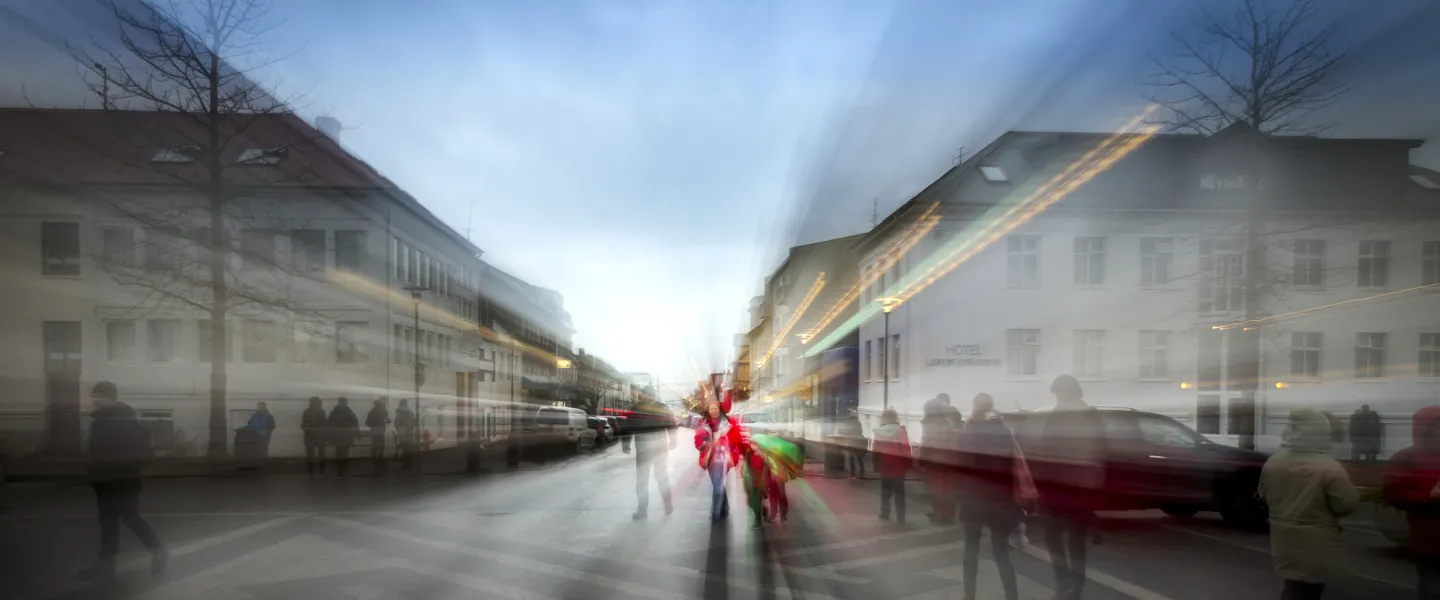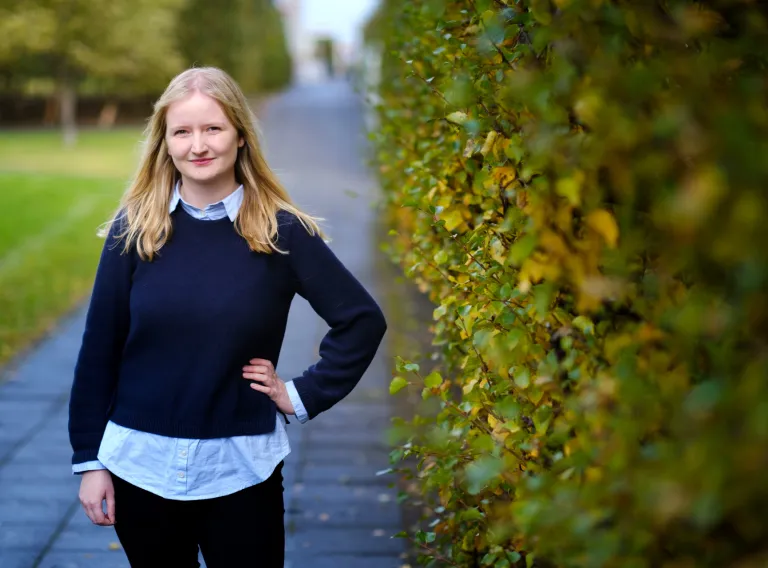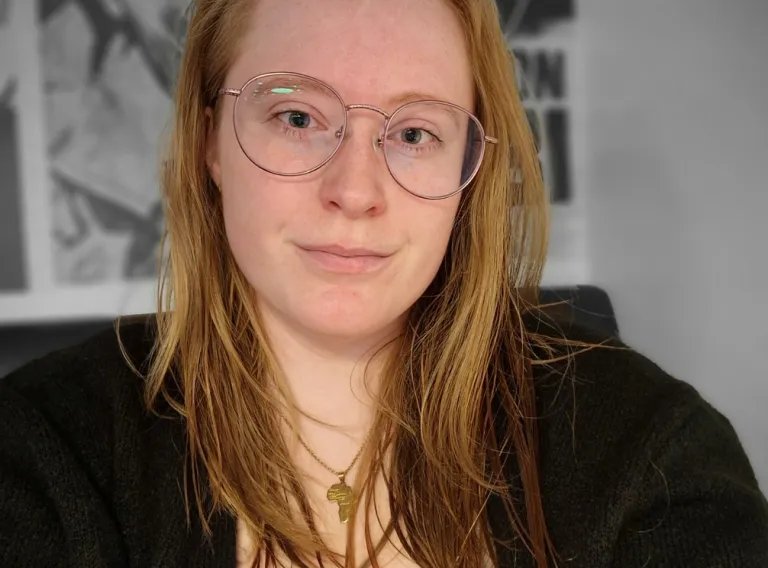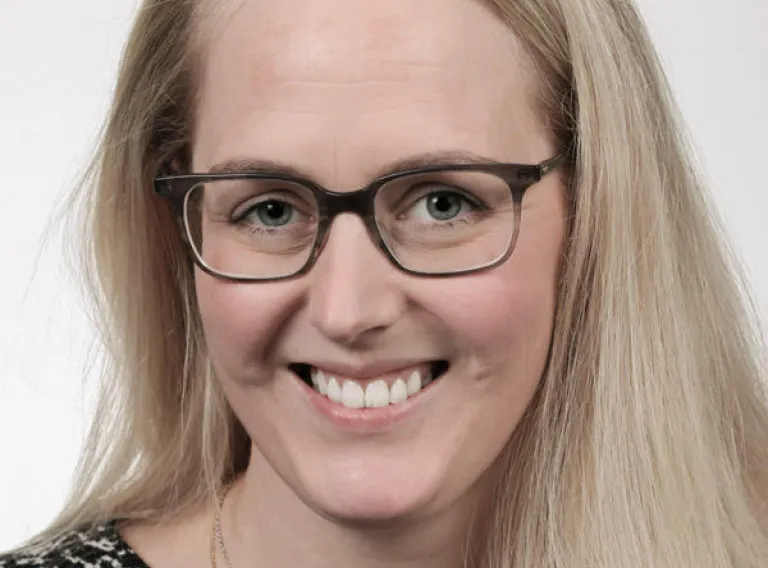
Most Icelanders are familiar with the need to be cautious around the dwellings of elves and hidden people in rocks and hills. Most of us have heard ghost stories that make our hair stand on end or tales of troll women who turned to stone under the rays of the sun. There are also countless stories about prophetic dreams, name-callings, and clairvoyance among Icelanders. Folk belief has long held a significant place in our culture. Whether people see it as an unnecessary remnant from old times or believe it contains a grain of truth, one could argue that it embodies cultural values that have shaped the nation’s self-image over the centuries.
But how large a role does folk belief play in the lives of Icelanders today? According to surveys conducted on the subject since the 1970s, these beliefs have changed significantly alongside rapid societal changes. “The changes can be seen, among other things, in the surveys that have been sent out over the past decades, which provide good insight into how many have had experiences with supernatural phenomena,” says Dagrún Ósk Jónsdóttir, adjunct at the Department of Sociology, Anthropology and Folkloristics at the University of Iceland.
Dagrún Ósk oversees an exciting project on folk belief in Iceland that received a grant from the Student Innovation Fund last March. This summer, two folklore students, Kristín Dögg Kristinsdóttir and Þórunn Valdís Þórsdóttir, worked on the research.


